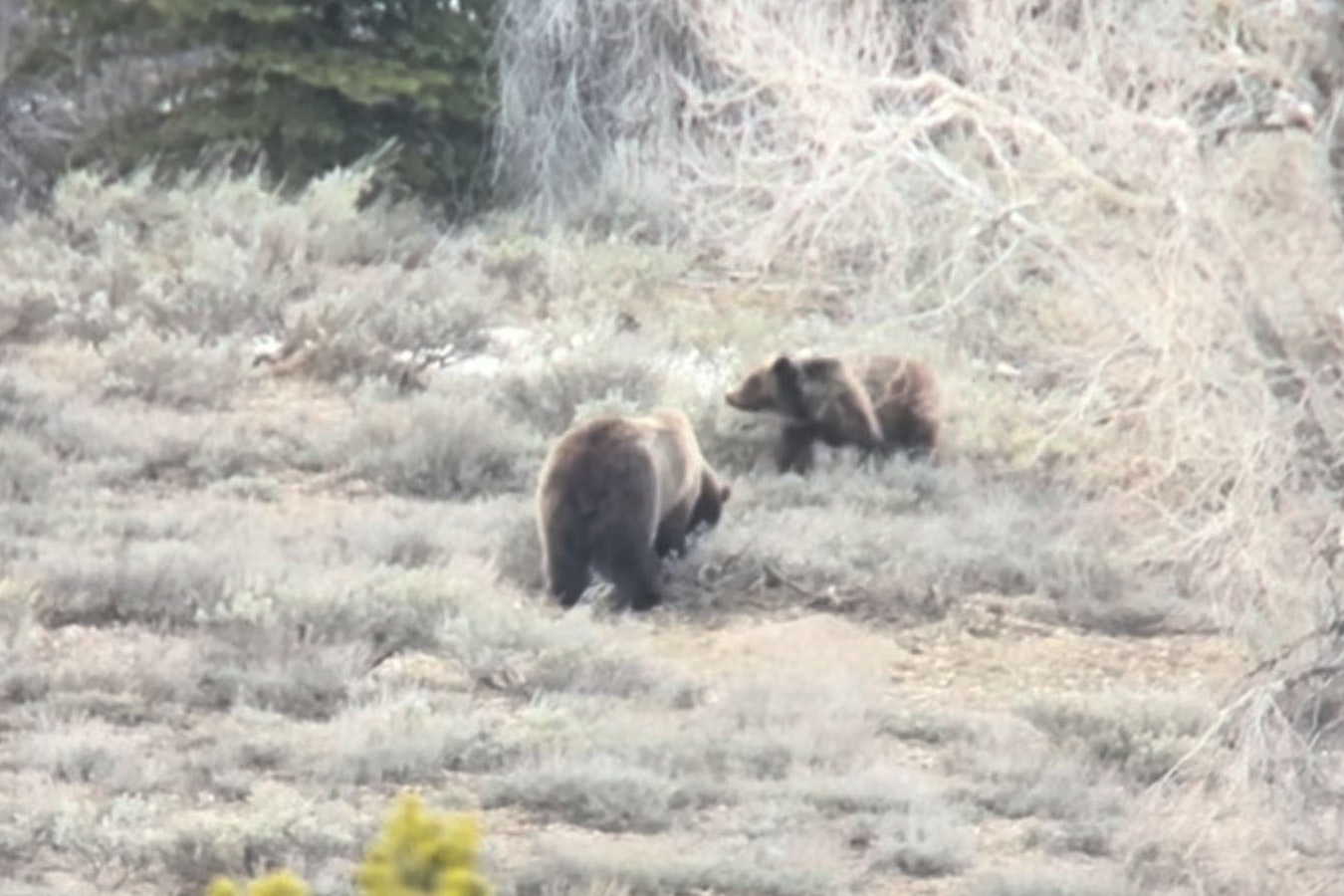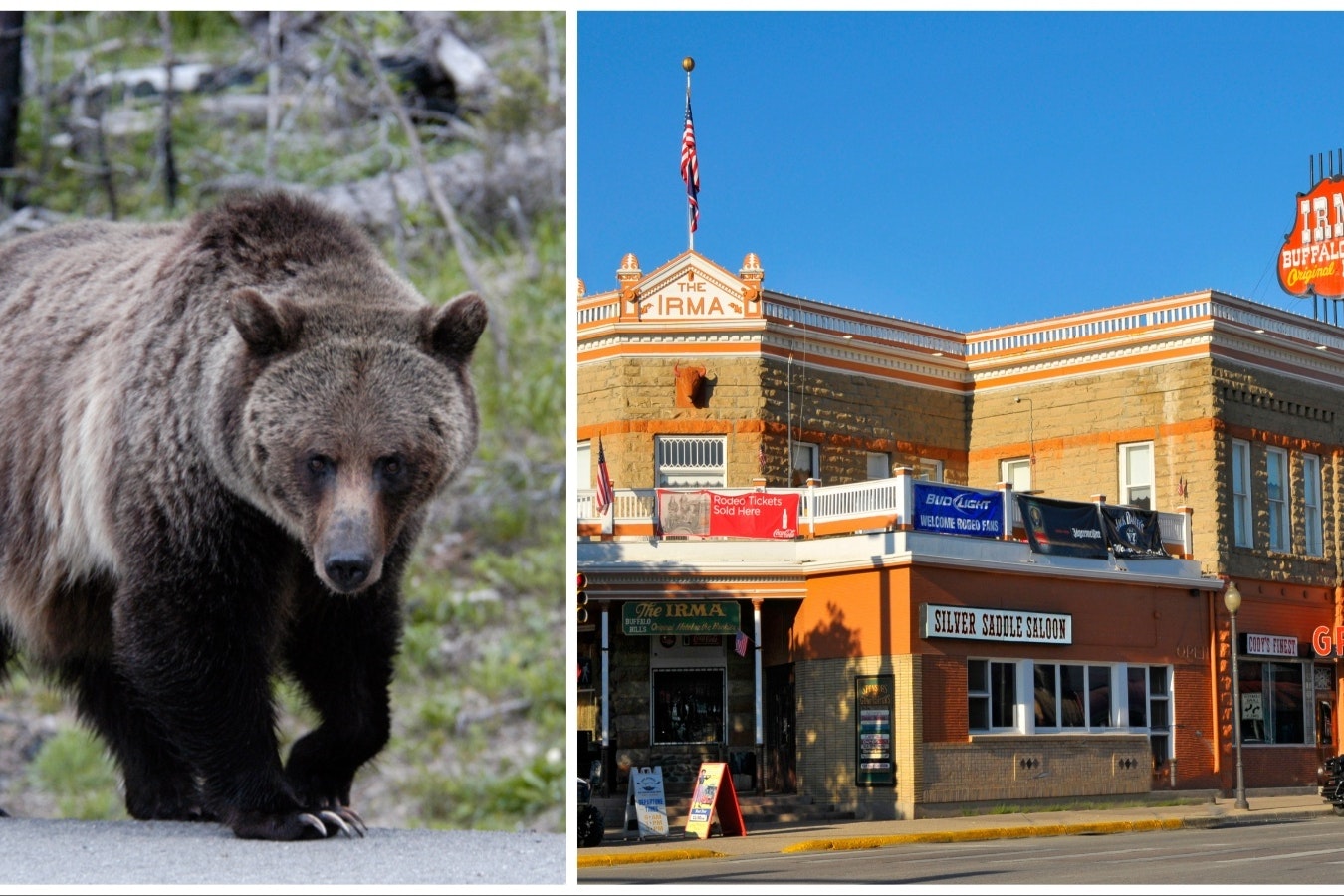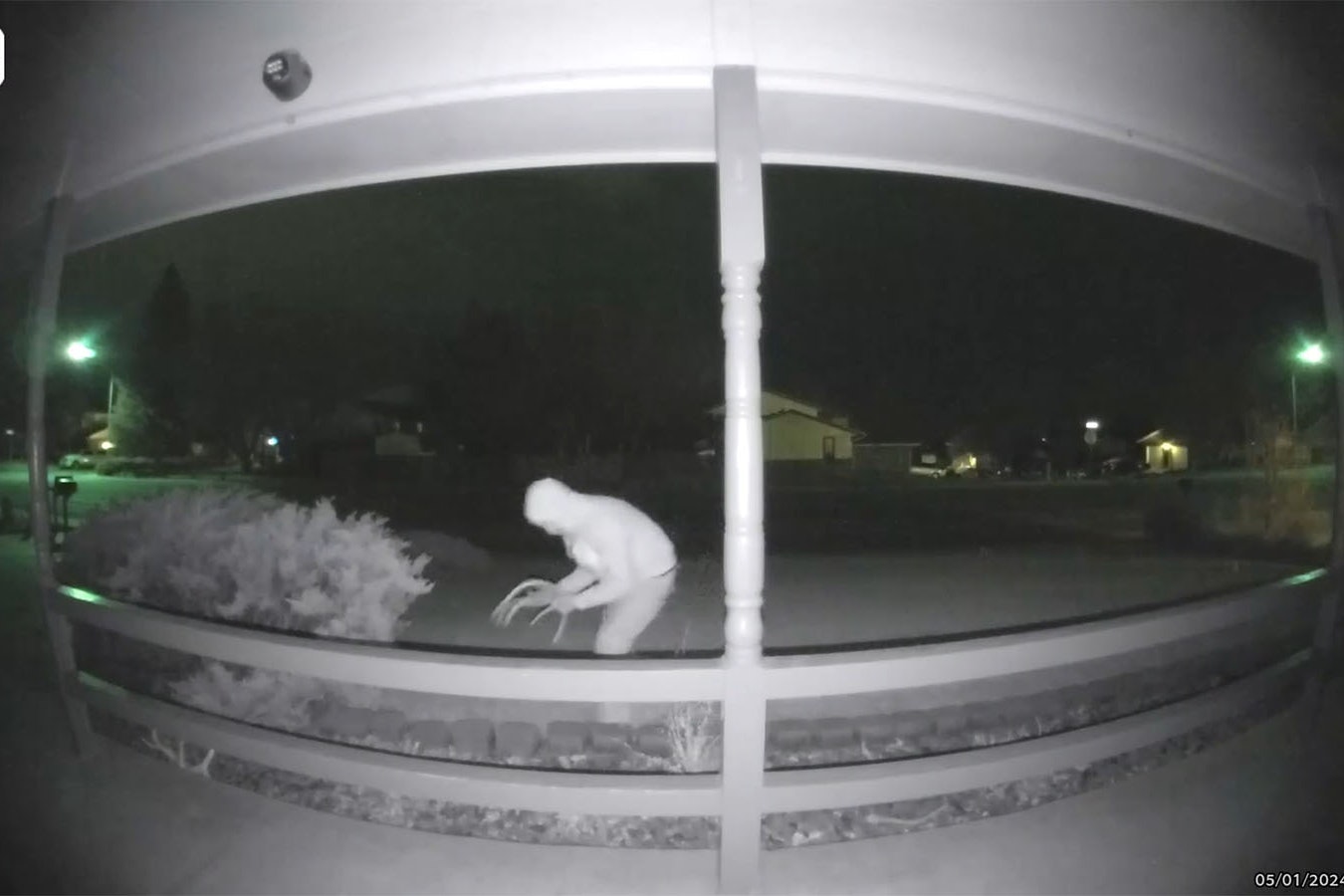After a grizzly bear killed a couple in a Canada national park and hunters in Yellowstone country have shot bears in self-defense recently, the question is again raised whether a firearm or bear spray is the best defense to pack in grizzly country.
The answer could be that it depends, some experts told Cowboy State Daily.
“There are scenarios where a firearm is a better option,” said wildlife biologist Frank van Manen. “For example, when dealing with an extremely aggressive bear, situations where bear spray did not deter the animal or when a firearm provides a quicker response time.
“Of course, effective and safe use of a firearm under such a duress situation requires good skills, with the main goal being to eliminate the threat without risking the lives of others,” added van Manen, who is the supervisory biologist for the U.S. Geological Survey’s Interagency Grizzly Bear Study Team.
Former Navy Seal and outdoorsman Chris Forrest of Bozeman, Montana, said he favors carrying both bear spray and a sidearm.
“My quote I always use is, ‘Two is one, and one is none.’ A can of bear spray usually works, but if it doesn’t and that’s all you have, then you’re out of options,” said Forrest, who offers a two-day “Surviving the Griz” backcountry safety course.
The general consensus seems to be that bear spray is the better overall option, and firearms aren’t allowed in some areas.
What Happened In Canada?
The outdoors world was shocked when Doug Inglis and his longtime partner Jenny Gusse, both 62, were killed by a grizzly — along with their dog — last week in a remote section of Canada’s Banff National Park.
The couple was known to be highly experienced in grizzly country, and a fully discharged can of bear spray was found at the scene of their deaths.
Emergency responders also found an “aggressive” grizzly at the scene and were forced to shoot and kill it, according to reports.
Very little is known about how the attack unfolded, including whether the couple’s dog might have agitated the bear. Experts recently told Cowboy State Daily that unless a dog has been specially bred and trained to deal with grizzlies, it’s generally a bad idea to take a pooch into bear country.
There’s no way of knowing the specifics of the Banff attack, but van Manen agreed that a dog can either help stop a grizzly attack or make it worse.
“There is not a simple answer to this; like a horse, a dog is likely to detect a bear much earlier than humans,” he said. “A well-trained dog that is experienced around bears can serve as a useful extension of our own senses and act as an early-warning system.
“However, there have been instances where a dog provokes a bear attack and runs back to its owners, thus increasing the risk of a harmful encounter. An owner that keeps a dog at heel will have a lower risk than someone who lets their dog roam, so human behavior plays a role as well.”
As for the bear spray apparently being used during the attack, Forrest said he knows of situations where that didn’t work either.
“Sometimes they take a hit of it (bear spray), and they run off and shake it off, and then they come back at you because they’re pissed,” he said.
Flaring Up
A gun wouldn’t have been a legal option for Inglis and Gusse, because Canada doesn’t allow civilians to have firearms in its national parks.
People may carry firearms in Yellowstone National Park, although it’s illegal to actually shoot them there.
Even so, Forrest said if it came down to a life-or-death situation, a person might want to consider shooting the grizzly, and then living to face a possible illegal discharge of a firearm charge.
However, flares also are a bear defense option that work in the wetter north country and might have turned the tide in favor of the humans in Banff, he said.
“We actually teach the use of marine flares in our (Surviving the Griz) class as another possible bear deterrent,” he said. “They’re super-bright, they’re hot and they hiss. You can hold them between yourself and the bear.”
That’s worked well for chasing off aggressive bears in places like Alaska. However, in drier climates such as Wyoming, there could be a serious drawback to igniting a flare to drive a grizzly off.
“If it’s in the summer, in August, and you start a forest fire with the flare, you’re going to be liable for that forest fire,” he said.
Bear Aggression Can Vary
Canadian officials reported that bear attacks in Banff are extremely rare, making the Inglis and Gusse’s deaths all the more baffling. The couple is reported to have frequently visited the area where they were killed, but never had any previous trouble with grizzlies there.
Bears, like any other critter, can have variations in personality, van Manen said.
“Lots of factors can influence how aggressive a bear may be in a particular circumstance. Behavior and 'personality' of individual bears does vary widely, including their level of aggression,” he said.
Bear population genetics can factor in, he added.
“There is some evidence that this can vary among populations as well, but there are few examples where this has been quantified,” van Manen said. “One of the most striking examples is recent research on a population of brown bears in central Italy, which showed that low genetic variation, after centuries of persecution resulting in a small and isolated population of about 50 bears, likely resulted in behavioral changes towards a less aggressive temperament.
“That probably reduced their risk of human-caused mortality and might have contributed to the persistence of that population.”
Not Really An Unusual Year For Bear Shootings
Meanwhile, in Yellowstone country the number of grizzlies being shot and killed by hunters claiming self-defense this fall, most recently in Idaho, might seem unusual. But it’s actually about average, van Manen said.
“Regarding the defense of life kills by hunters in the Greater Yellowstone Ecosystem, over the last 20 years they average about five per year. We're close to that number this year, but so far it is within the range of what we have observed in previous years,” he said.
Mark Heinz can be reached at mark@cowboystatedaily.com.





